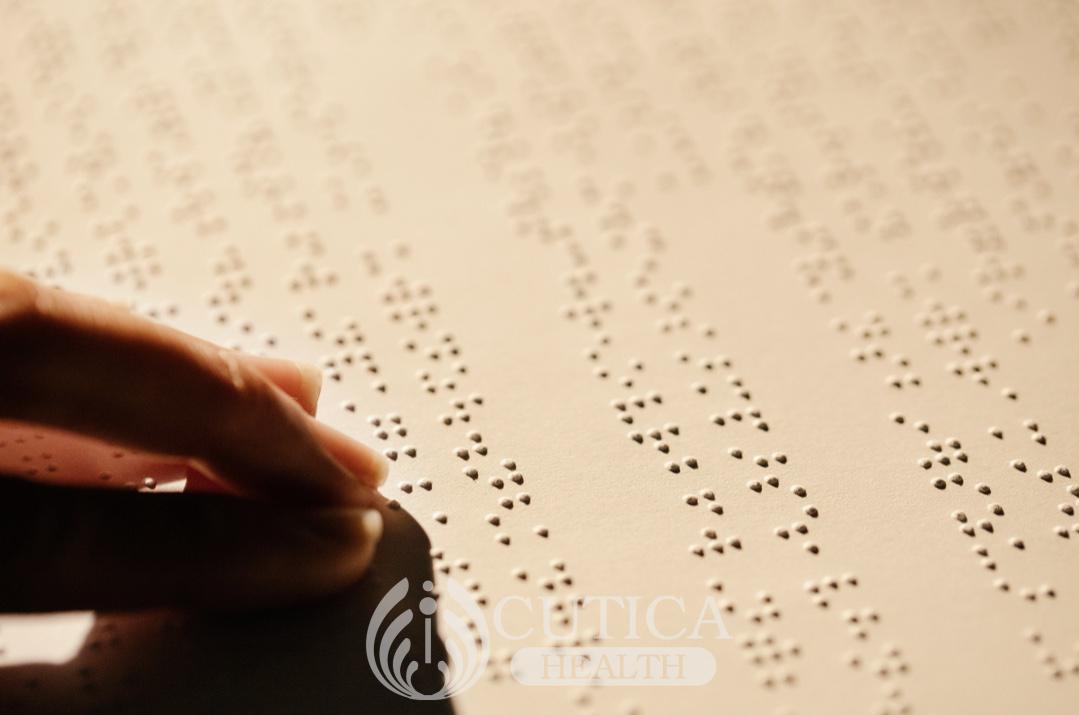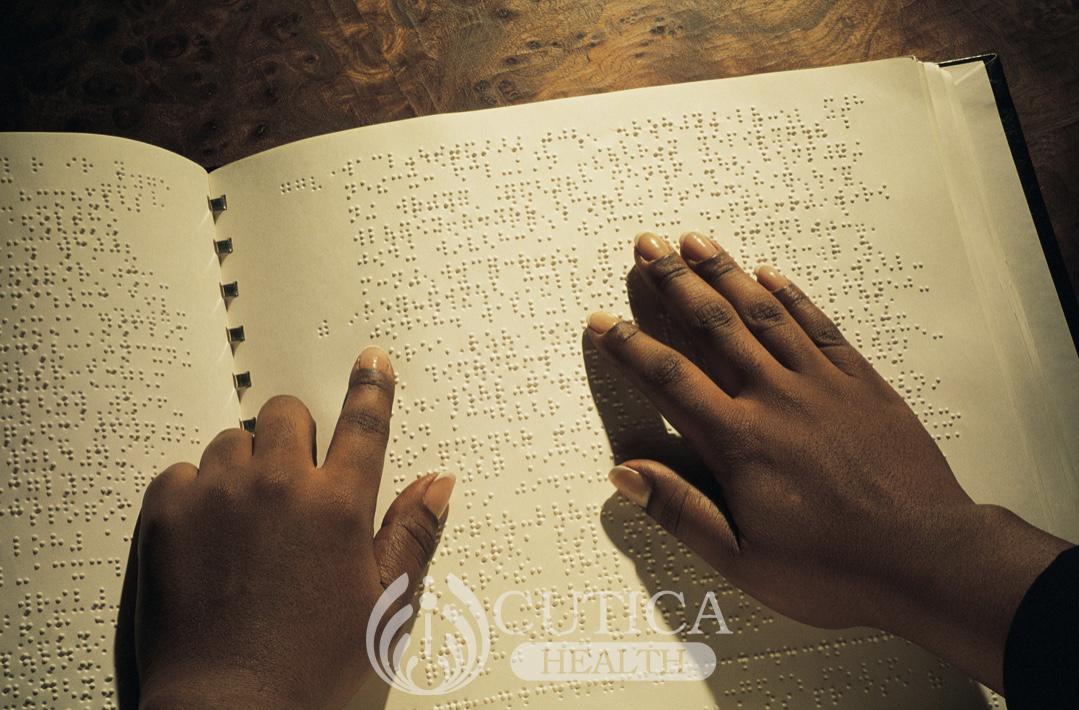
Since its introduction by Louis Braille and Charles Barbier in the 1800s, Braille has become an invaluable tool for people with visual impairments. Braille is a method of reading and writing through the use of raised dots. Specialized Braille codes for different languages as well as disciplines (math, computer and music) now exist, increasing accessibility for visually impaired people.

Learning Braille can make an enormous difference in the life of your child and ensures that they are not left behind their peers. There are many different ways for your child to learn Braille: through writing, reading, drawing, and mobile applications.
Use these tips to help your child get started with Braille:

Help them develop their fine motor skills
Your fine motor skills help us to perform complex and delicate activities such as brushing your teeth, tying shoelaces, and doing and undoing fastenings such as hooks, zips, and snaps. These skills are also very useful when learning to read Braille, they ensure that your child can trace and comprehend all the little dots that make up the language.
Encourage your child to brush by themselves, feed themselves, and do up their shoelaces and zips alone.
Teach them about spatial orientation and positioning
Any child learning Braille will need to understand direction and position even though they cannot visually orient themselves. Spatial orientation helps your child to understand their position in relation to the other people and other things. They will also use this concept to understand the position and direction of things in their environment.
Help them practice concepts such as up, down, front of, behind, beside, left, right, top, bottom, and middle. Practice should be done on their selves (show me the bottom of your face, hold out your hands behind or in front of you), on others (point at the person beside Grandma), and on things (push the ball to the top, right part of the box).
Give them counting lessons
Counting is an important aspect of learning Braille. One of the first steps is learning how many dots make up each letter of the Braille alphabets. Counting lessons don't have to be rigid, try to include it naturally throughout the day.
Ask them to count the number of toys they have, the number of chairs in the house, the number of pillows in each room, or the number of forks in a mixed cutlery set. There are a lot of things to count when you get started.
Introduce the basics of Braille
As with learning any language, it is compulsory you start with the basics. Start with getting your child familiar with the feel of the dots across the page. Even though they can't read it, it will help them get familiar with the language.
Next, help them get familiar with simple letters or words such as their names or common things in their environment.
Encourage progress not perfection
At the start, it is normal that they child will make mistakes, accept and applaud these mistakes, then gradually nudge them towards what's right. For example, accept approximations for words. If the intended word is box but they spell bod, praise them for getting most of it right and then make corrections.
In this manner, gradually teach them the correct hand positions and posture needed to learn Braille effectively.

Conclusion
Braille can help a visually-impaired child share in daily activities such as reading books, shopping, and playing games. Children as young as three can start getting familiar with the dots and begin learning letters and numbers at age 5.
The key is to remain patient and encourage your child while they learn. Learning Braille is a long but rewarding process that will help your child in the long-run.












